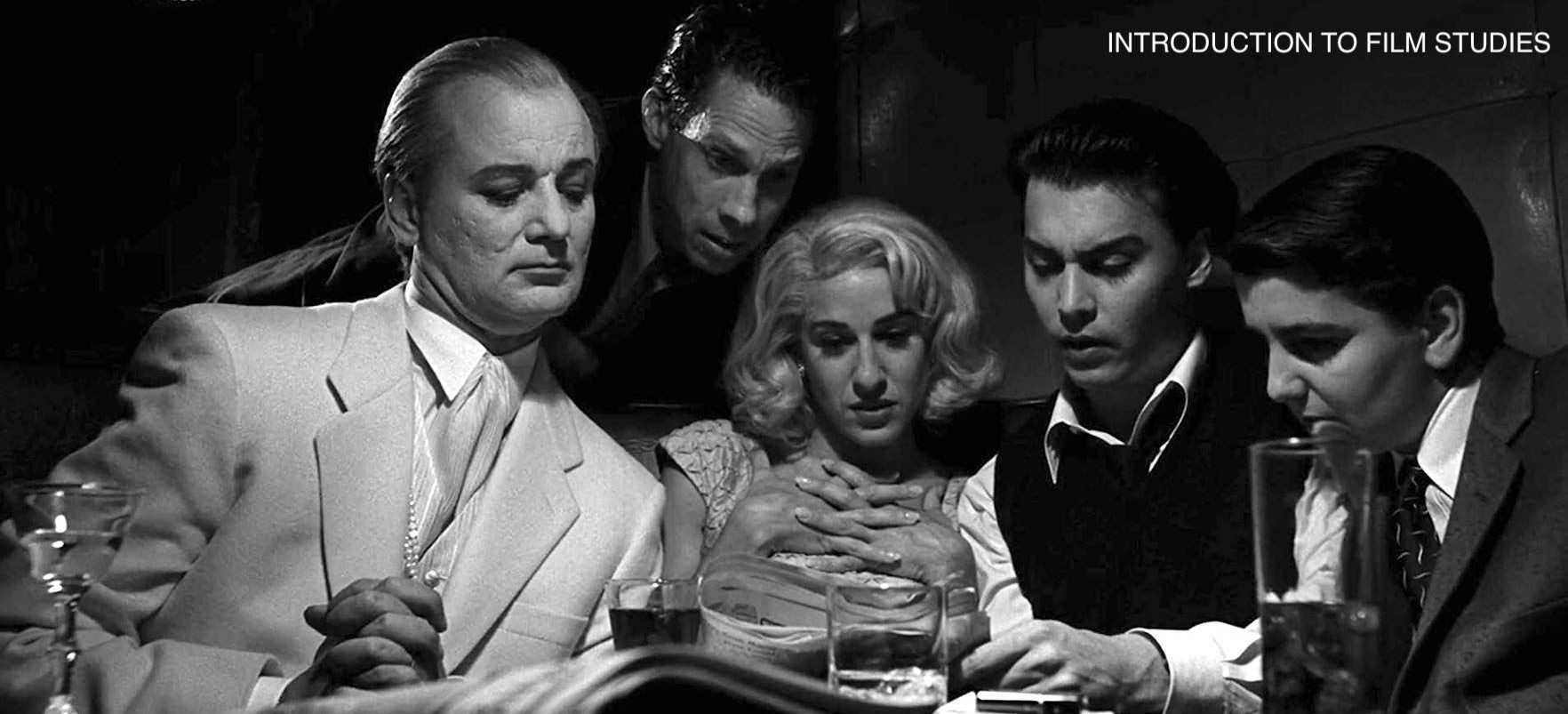
In this week’s screening of The Perks of Being a Wallflower, written and directed by Stephan Chbosky, we discussed how this coming-of-age story breaks many obstacles as it provides a unique twist to life. Based on the novel, this story follows Charlie, a 15-year old freshman entering into highschool as a naïve introvert. On his journey to becoming the person he wishes to be, an average high school student with friends, Charlie, unfortunately, can’t react to that happy ending without unpacking his past. Throughout the film, we understand that Charlie is attempting to cope with sexual trauma, mental illness, and his best friend’s passing. These traumas multiply as he tries to fight against them to be expected once again. In his attempt to figure out the real meaning behind love, he also unpacks the hurt he’s felt throughout his adolescence.
What’s beautiful; about the film is its simplistic camera action to portray Charlie’s loving moments. In one of my favorite scenes, the tunnel sequence, the frame is shot in a medium to close-up to the pan to long shot. These sequences of images engulf the world Charlie lives in and him moving forward. Let’s start with the medium showing Charlie in the between his friends in the car. This emphasizes Charlie’s “world,” as his friends are here for him. They protect, grow, and feel with him. Second close-up, Charlie has to choose to move forward with his life or remain small in this world. In this case, he exits the window and be himself. Third, in the medium shot showcase, Charle, on top of the van truck, decides to be free. Last, the pan of the van driving away. This last scene emphasis Charlie is moving on with his life. This is also the point where the camera stops following the van as the story is finally done. Thus the editing of these shots creatively illuminates the challenges and overcoming Charlie’s go-through to be free from his past.
REFLECTION
I enjoy this film course. I found this course to be an excellent opportunity to dive into the deconstruction of film. Each week, the class and I found time to watch a movie we probably haven’t seen before, discuss and display our thought. Each segment found ways to dig deeper into a rabbit hole of research and articles about the film, from shots to editing to mise-en-scene to the genre. I can honestly say before this class, while I understood the fundamentals of a movie, it is nothing compared to what I have learned. I found this class fundamental for any inspiring filmmaker or anyone interested in films as once in this class, you get a broad understanding of how they come to be. My take away from this course has to be the simplistic and complex attributes stories have in our lives. While a boy such as Charlie, trying to understand what true love feels like, this simple story cares to mean that it can be recreated anyway. As a future filmmaker, the information is always there in us, but how we tell these stories for others makes it our stories. I would say my favorite section of this course was editing and sound. I believe this section opened my eyes to freedom of expression. In that’s section, I began to appreciate editors and composers as their compositions drive a story in the direction directors hope to feel. They are the real storytellers, and we don’t talk about that enough.





























